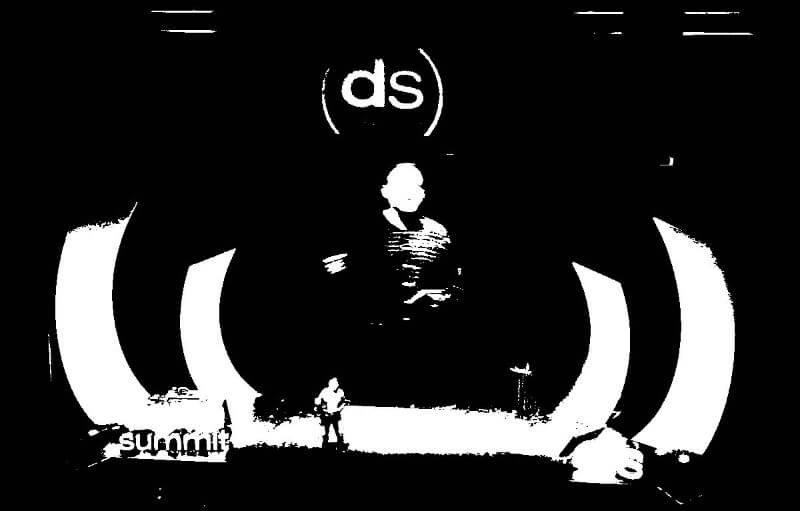
Chris Brogan, Data Collection & Hyper-personalization
At Digital Summit Atlanta, we were lucky enough to have Chris Brogan deliver the lunch keynote on day 2. If you’re not familiar with him, Chris is a business consultant, professional speaker, author and was a Twitter early adopter and influencer. He’s also a pretty funny guy and whenever he speaks or writes, you will get ideas on how to improve your business.
For this keynote, Chris’ main point was that it is a shame that with all this data collection we do, businesses barely make use of it. We may scratch the surface by utilizing the masses of data that Facebook has collected on everyone to target ads to them, but that’s about it. He talks a bit about this in a follow-up blog post he wrote after the conference.
Businesses That Don’t Get It
This got me to thinking about cable companies. Personally, I haven’t paid for cable TV in 7+ years. Admittedly, the first year or so of that I got basic cable for free because a certain hated cable company’s installer didn’t bother to block it. But then they upgraded to digital, I think, and that went away. And I didn’t care.
I’ve been a continuous Netflix subscriber since April of 2002. And we also have Amazon Prime. So we create our own programming. Why did we do that? Because the cable companies insist on charging you outrageous amounts of money for 100s of channels of garbage you don’t want to watch. And between those two services we’ve got enough movies and TV shows to keep us plenty busy for about $17/month.
More and more people are ditching cable because it doesn’t meet their needs. The obvious answer would be for cable companies to create a la carte plans. Hyper personalization. Let people choose and pay for exactly what they want. But I’m sure you know how cable companies have responded to this trend. Data caps. Instead of offering people the opportunity to be happy about giving them money, they make their customers more frustrated. Doesn’t make sense.
Catching a taxi. Now there’s another business that dragged its feet and is getting left in the dust by the likes of Uber and Lyft. You could try to hail a cab or call one, worry about it getting stolen by someone else, and wait a minute, do you have cash? Or, open an app, request a ride and be done with it. Your payment information is stored and no cash changes hands. See driver ratings before you accept a ride. And be nice because you get rated too.
Sure, there are now some apps that work with local taxi companies like Curb or Easy Taxi. But they’re playing catch up. At least they aren’t as far behind as the cable companies.
Making Use of Data
Okay, back to data collection. So how can try to use some of this data for your small business, other than running Facebook ads? Keep an eye out for people that need help and then help them. How do you do that?
When I owned a vegan bakery, I had a column in Tweetdeck set up to search for tweets containing “vegan” and “Atlanta.” You can also do this in Hootsuite and a bunch of other apps, but those are free.
I still have that search set up because I like to share my local vegan knowledge with out-of-town visitors from my personal account when I have the time. Here are a few examples of posts I would have interacted with from the bakery’s Twitter account:
For this one, I would probably respond with “That’s awesome! Welcome to the club! XXX, XXX and XXX are some of our favorite #vegan spots here.”
This one I might retweet to our followers and answer with a few suggestions. Our followers would almost always chime in with their favorites.
And this one I’d retweet and pass along any meet-ups I knew of during that time frame.
Don’t think you’re limited to Twitter with this method. There are ways to do this on most social media platforms. The idea here is not to try to sell to these people, but to offer help that’s focused on that person’s situation right now.
This post has definitely wandered from big ideas to small ideas but the idea is that companies of any size can utilize the vast amount of data collection that happens on social media at a level they are comfortable with.
Don’t be afraid to reach out to people. Just remember help people and mean it rather than try to sell to them. You can never go wrong with that approach.
Has this helped you think of different ways to reach your customers? Let us know what ideas it has sparked for you in the comments.


